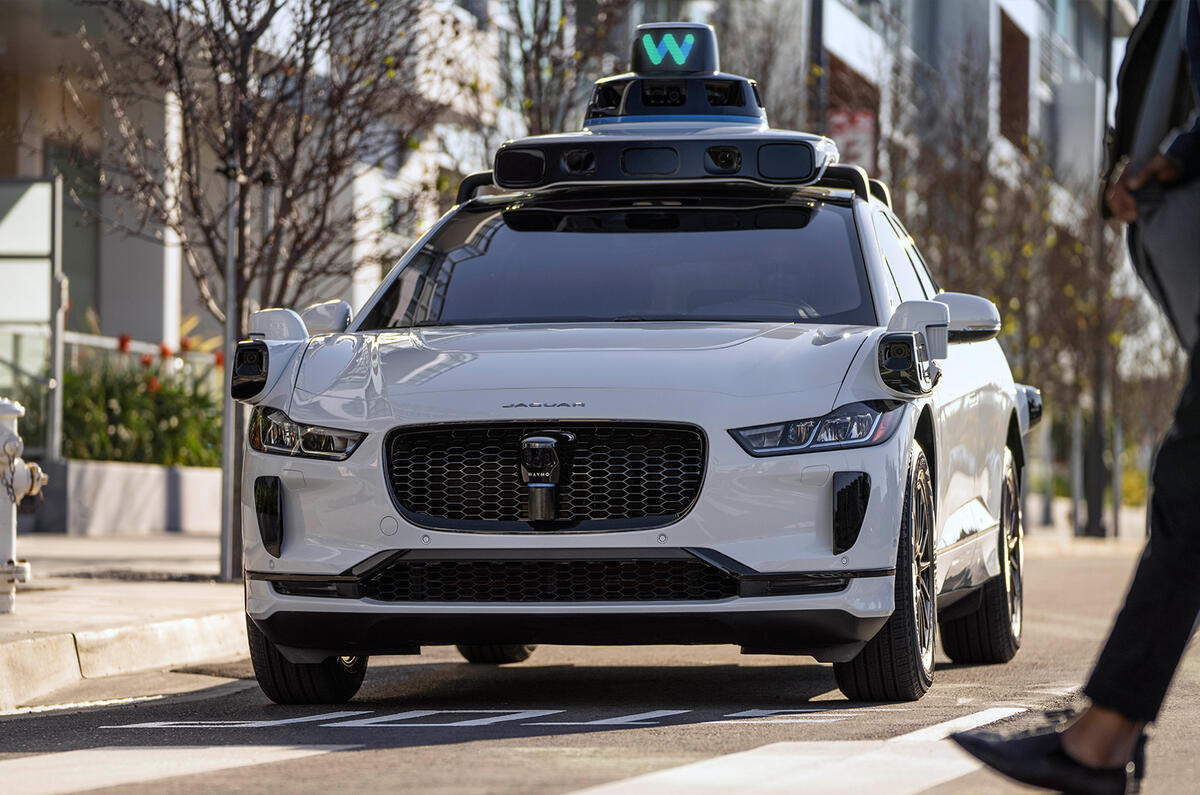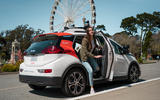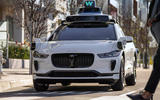General Motors’ imminent return to the European market has renewed interest in the company on this side of the Atlantic, and is confirmation of the major overhaul it has undergone in embracing electrification over the past few years.
But amid the optimism, the quite astonishing financial figures posted by one of its companies earlier this year haven’t gone unnoticed.







Add your comment